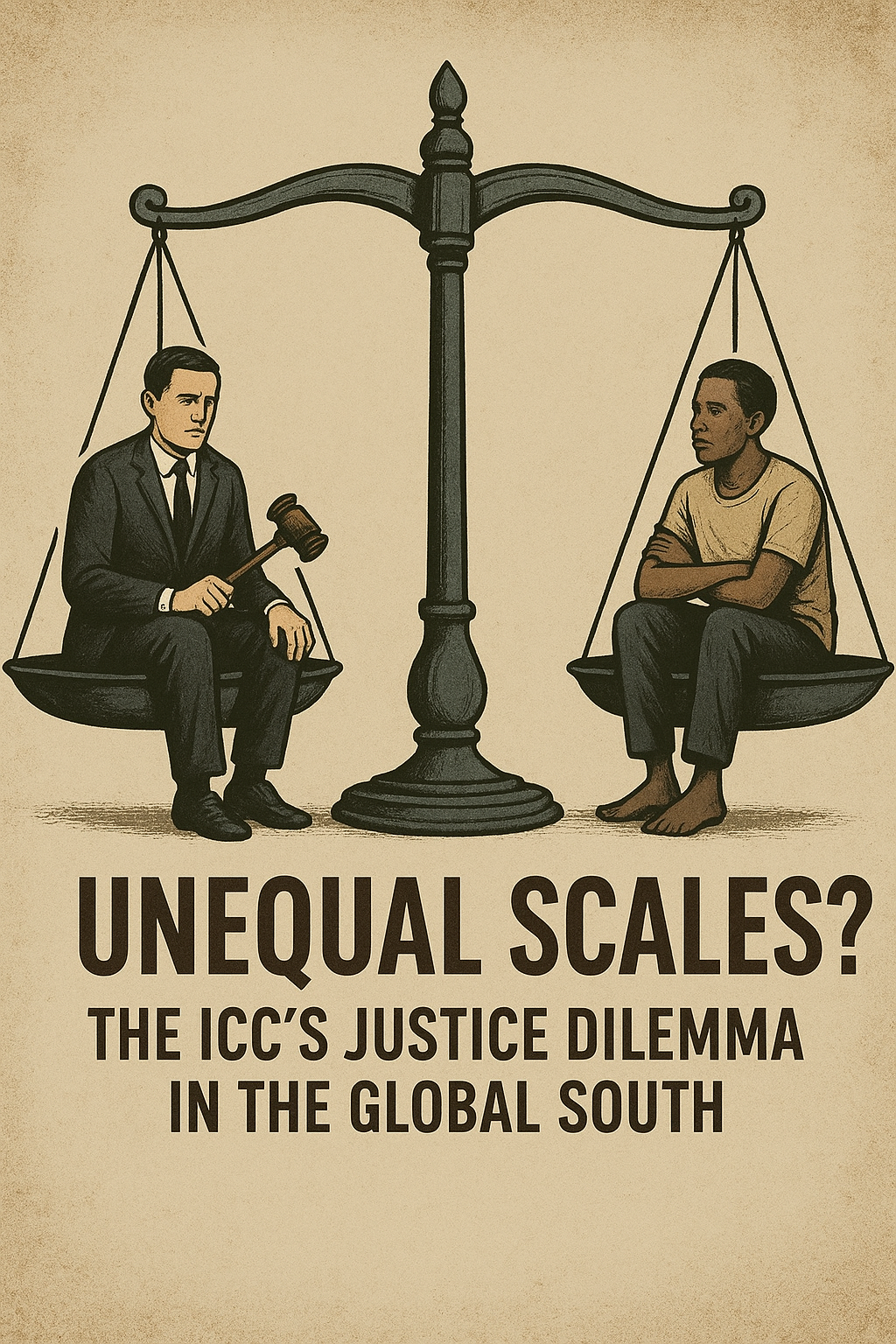Introduction
India’s taxation landscape has undergone significant changes in recent years. While taxation is essential for economic growth, the layering of multiple taxes on single products has raised concerns. This blog explores how such taxation affects various economic classes and the challenges it poses for commerce and business in India.
Understanding Repetitive Taxation
Repetitive taxation refers to the imposition of multiple taxes on the same product or service at different stages of its lifecycle. This can lead to inflated prices and reduced affordability for consumers.
Examples of Repetitive Taxation
• Fuel Prices: Fuel in India is subject to central excise duty, state VAT, and additional cesses. These layered taxes significantly increase the retail price, affecting transportation costs and, consequently, the prices of goods and services. 
• Capital Gains on Investments: The 2024-25 budget increased the long-term capital gains (LTCG) tax from 10% to 12.5% and short-term capital gains (STCG) tax to 20% for certain financial assets. Additionally, the Securities Transaction Tax (STT) on futures and options trading was raised, leading to multiple tax layers on investment returns.
Impact on Different Economic Classes
• Lower-Income Groups: Increased taxes on essential commodities like fuel and cooking gas disproportionately affect lower-income households, leading to higher living costs and reduced disposable income.
• Middle Class: While the new tax regime offers some relief by increasing the non-taxable income threshold and raising the standard deduction, the simultaneous increase in indirect taxes can offset these benefits, squeezing the middle class further. 
• Businesses and Entrepreneurs: Small and medium enterprises (SMEs) face challenges due to increased compliance costs and reduced competitiveness. For instance, the proposed 12% temporary tariff on certain steel imports aims to protect domestic producers but may increase raw material costs for SMEs.
Challenges for Commerce and Business
• Increased Operational Costs: Layered taxation leads to higher production and operational costs, affecting pricing strategies and profit margins.
• Complex Compliance: Navigating through multiple tax regulations increases administrative burdens, especially for small businesses with limited resources.
• Reduced Investment: Higher taxes on capital gains can deter investment in financial markets, impacting capital formation and economic growth.
Conclusion
While taxation is vital for a country’s development, the approach to implementing taxes should be balanced and considerate of its impact on various stakeholders. Simplifying the tax structure, ensuring transparency, and providing targeted relief can help mitigate the adverse effects of repetitive taxation, fostering a more conducive environment for consumers and businesses alike.
By…
Ansh Malik
B.Com 1st year Student
Lovely Professional University




